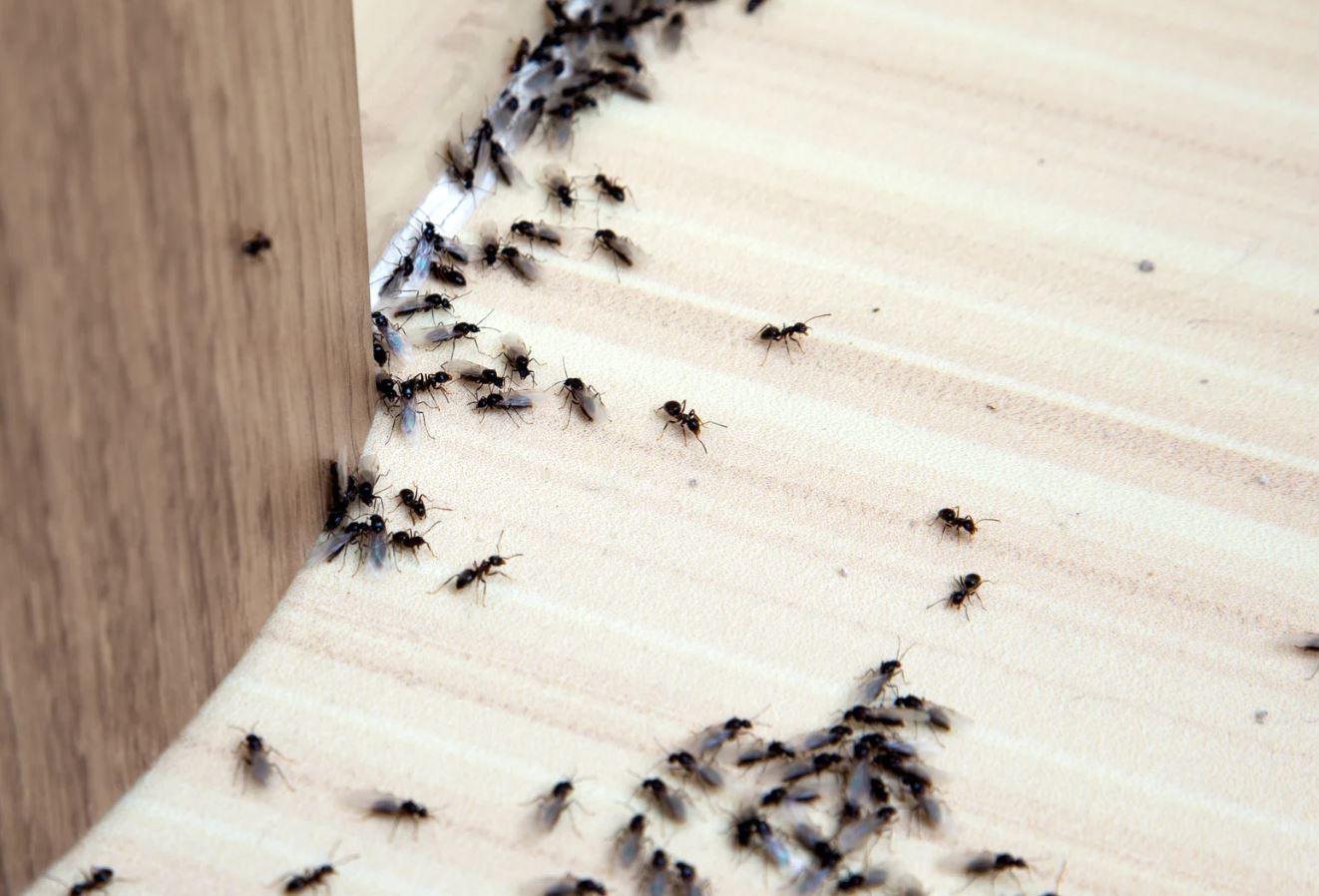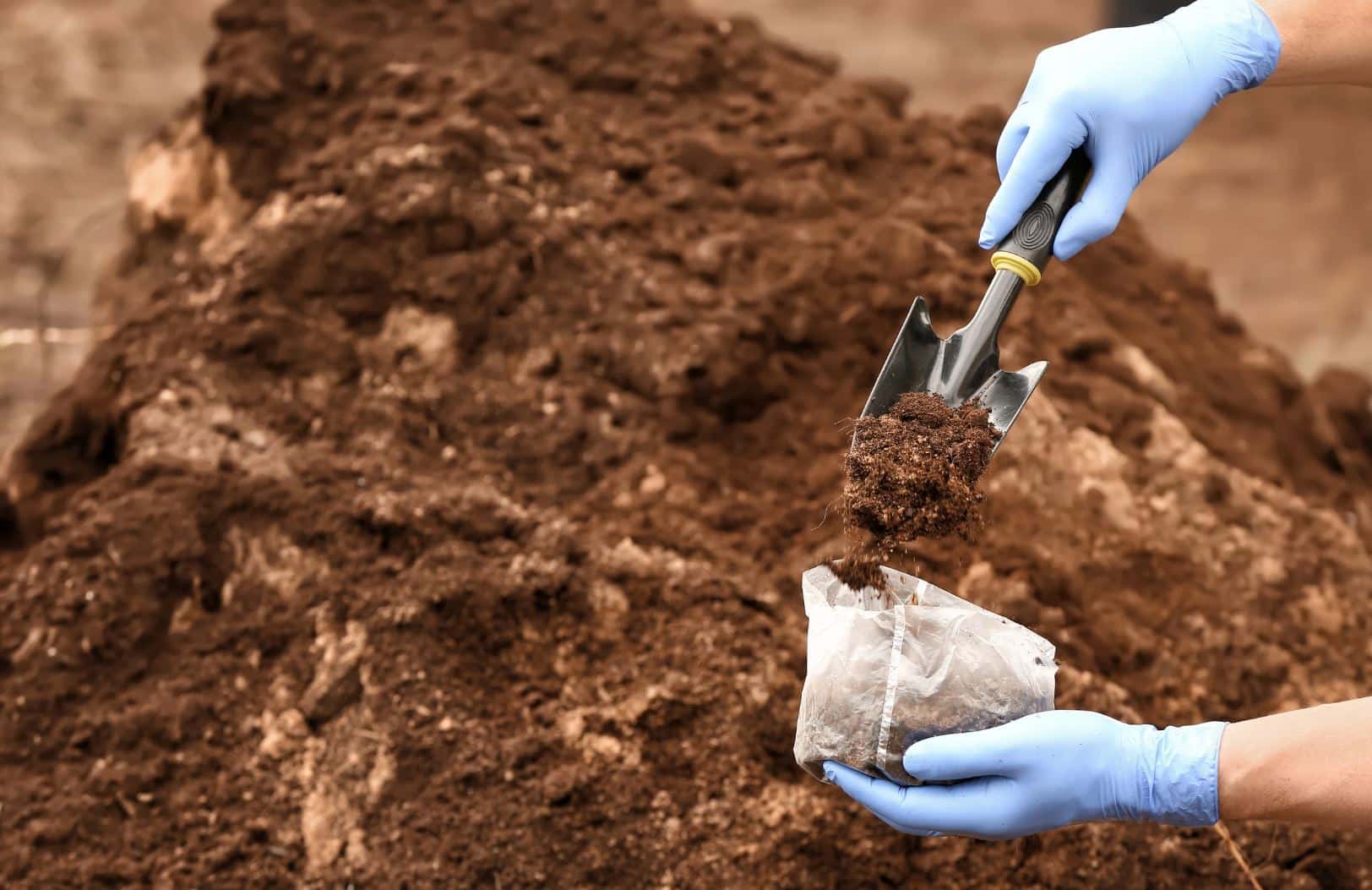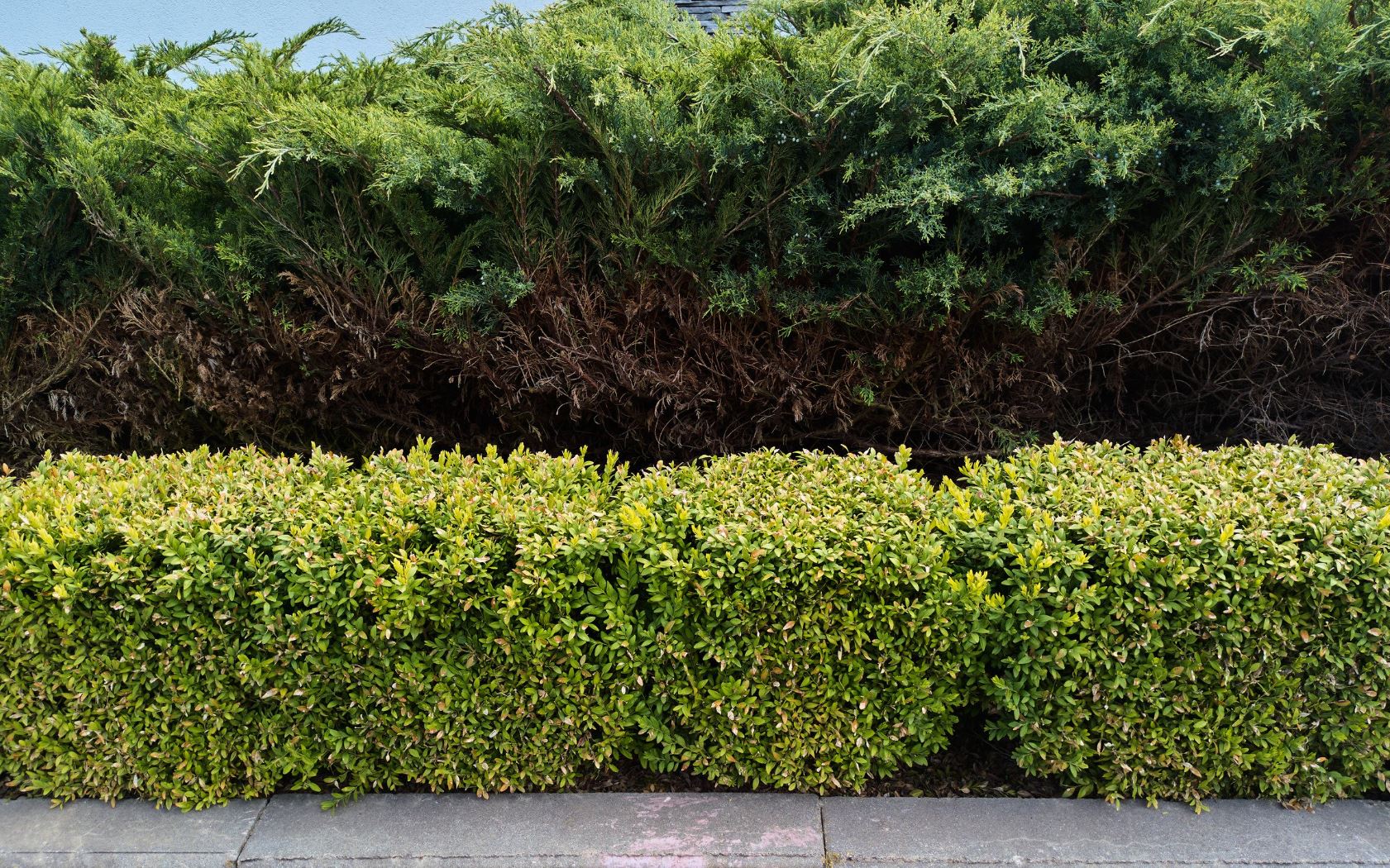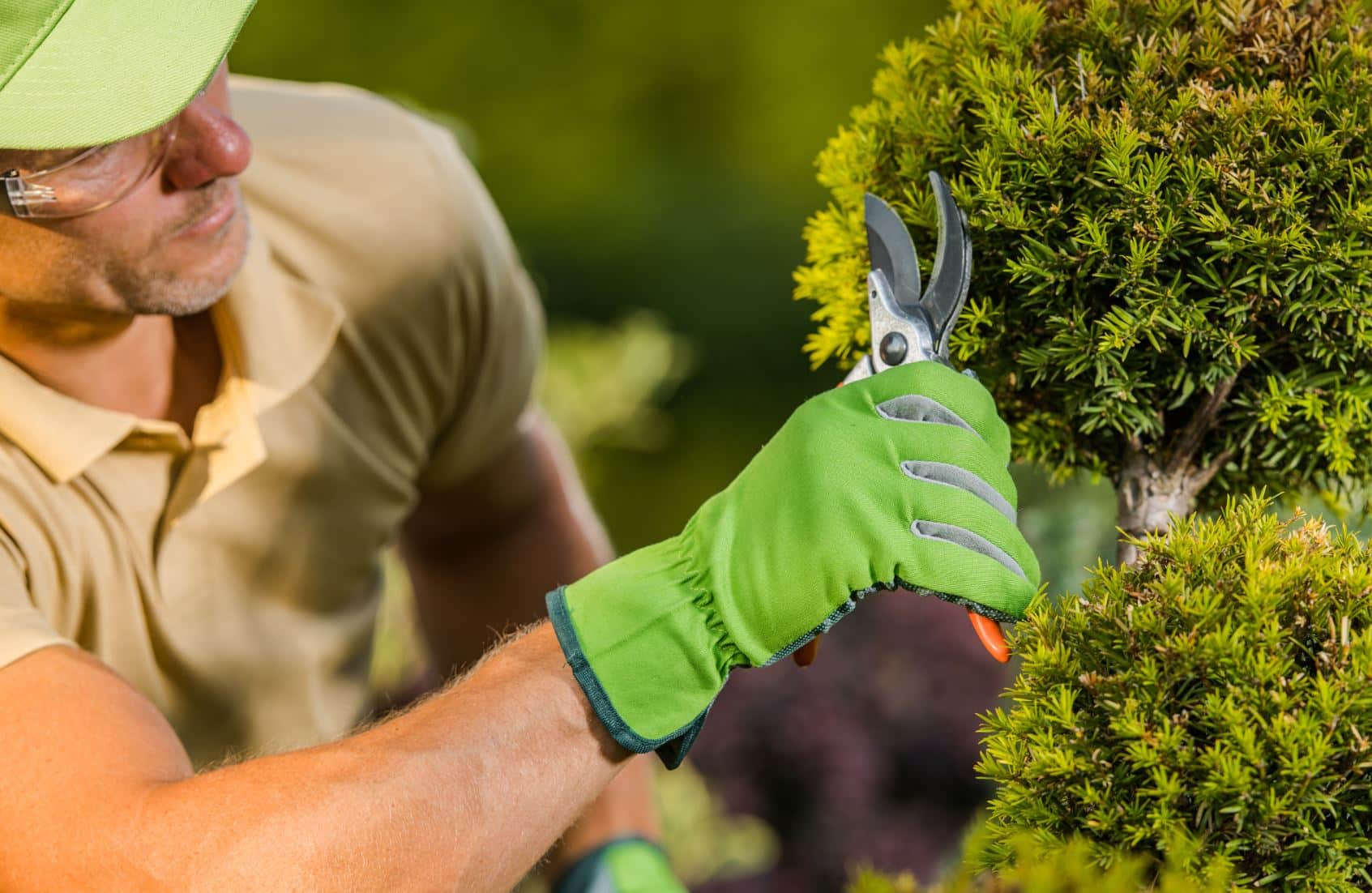
How Long Does It Take for Pest Control to Work Within the Perimeter?
Achieving a lush, green lawn is simpler than you think with the powerful combination of aeration and overseeding. At Portage Turf Specialists, we’ve mastered these techniques to ensure your lawn is healthy and vibrant year-round.
Aeration creates small holes in the soil to improve air, water, and nutrient flow to grass roots, enhancing root development, nutrient uptake, and reducing thatch. This results in a stronger, more resilient lawn.
Overseeding involves spreading grass seed over the aerated lawn to fill in bare spots and thicken the turf. Our premium overseeding uses up to 60% more seed and top-quality blends, ensuring a denser, greener lawn.














